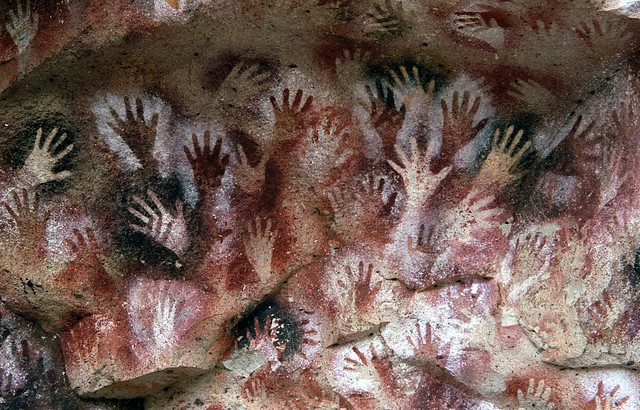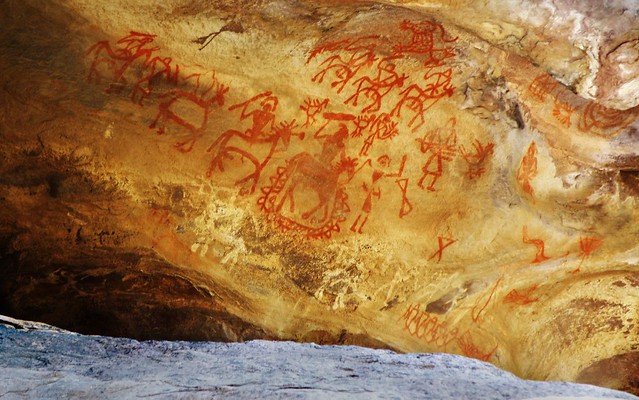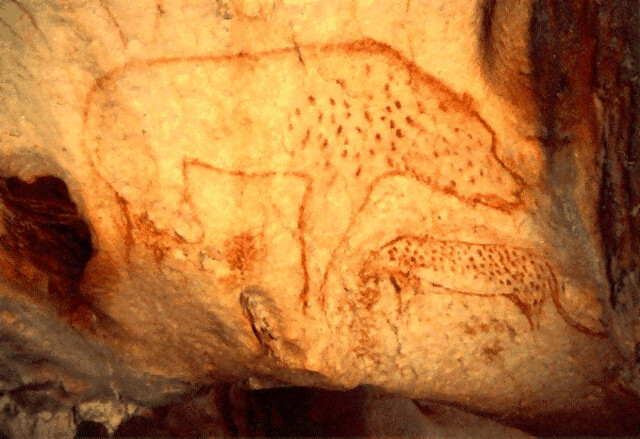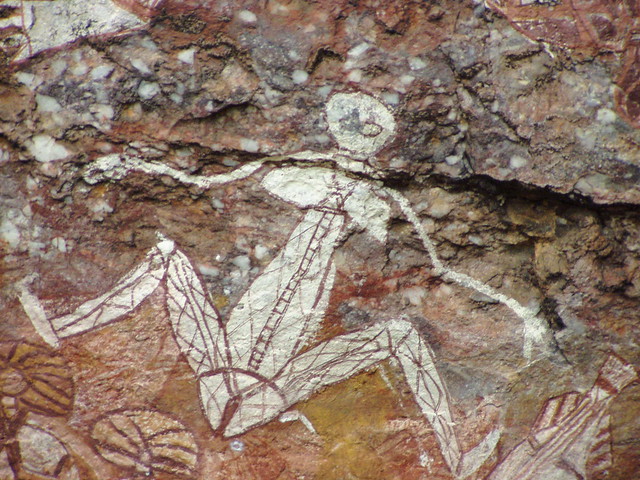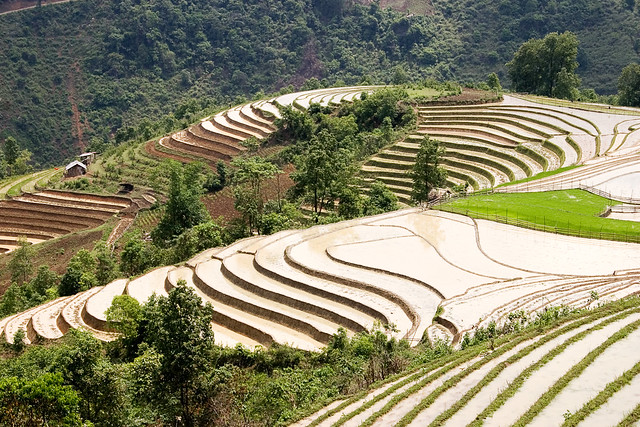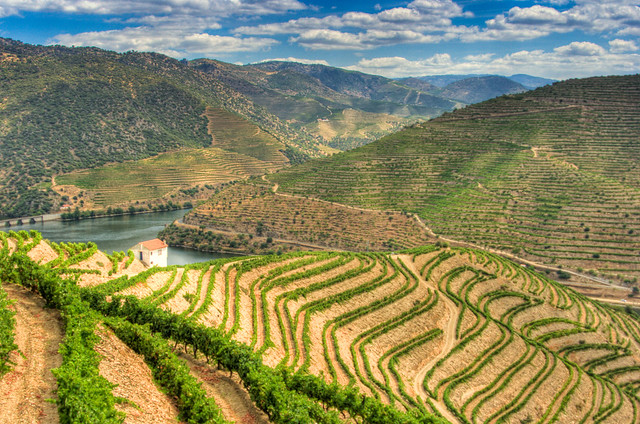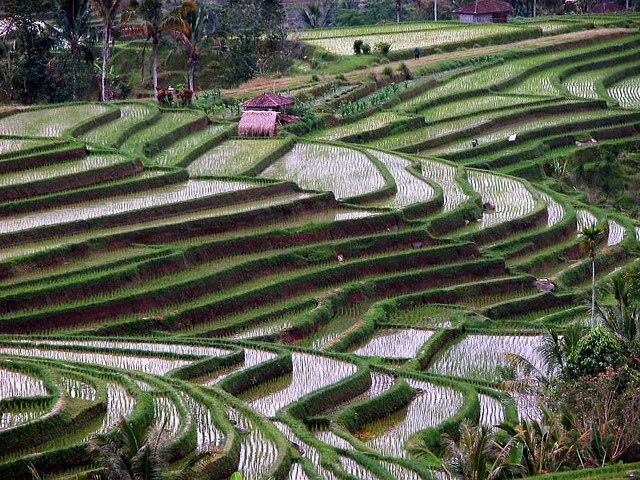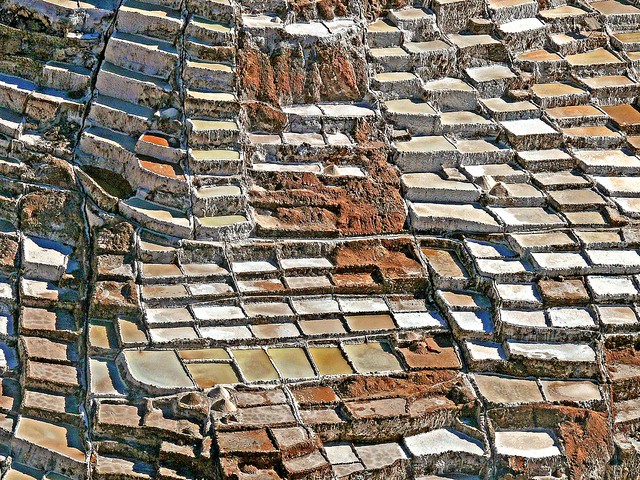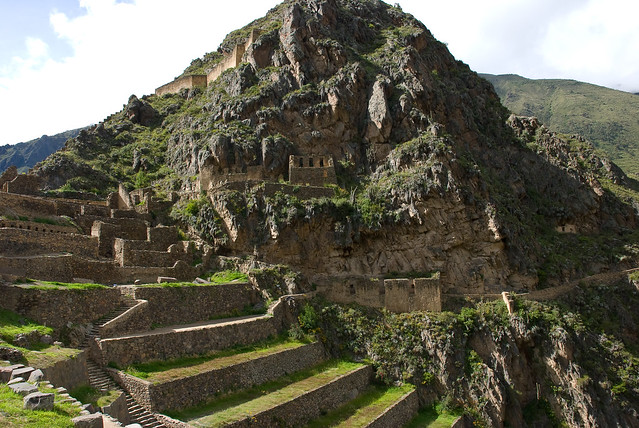Way back in 1931, a convention of ecologists in Florence, Italy, decided that there should be an annual World Animal Day to pay tribute to all animal life and the people who love them. It is also a way to highlight the precarious situation of endangered species worldwide. It was decided that October 4, the feast day of Francis of Assisi, a nature lover and patron saint of animals and the environment, should be chosen as World Animal Day. Some churches will bless animals on the Sunday closest to October 4. We love animals and the environment, and decided to salute animals via an ABC’s of wildlife.

Celebrating World Animal Day with salute to animals via animal ABCs. A is for Alligator. This is not an albino alligator but leucistic alligator, one of the ‘famous’ white gators in Black Pearl, New Orleans. The photographer called this shot, “Mirror Mirror on the Wall…

B is for Bears as in these grizzly bears play fighting.

C is for Cheetah hunting in Amboseli National Park, Kenya, as seen during a safari.

D is donkey and her nursing foal.

E is for elephant, in this case — an elephant in the room.

F is for Fennec Fox, or a whole family of Fennec Foxes.

G is for Giraffes. These two giraffes are ‘fighting’ in Ithala Game Reserve, northern KwaZulu-Natal, South Africa.

H is for horses. These wild horses are located in the Erlebnispark Tripsdrill wildlife and theme park near Cleebronn in Southern Germany.

I is for Iguana. This Marine Iguana is at Espanola Island, Galapagos.

J is for Jaguar. This bored jaguar was found yawning at the Toronto Zoo.

K is for Koala. The conservation status of these cute marsupials are listed as vulnerable.

L is Lemur. This ring-tailed lemur is holding her twins that were born the night before the photo was taken.

M is for Moose, as in this moose in Denali National Park, Alaska.

N is for Narwhals. These medium-sized whales live year-round in the Arctic. Narwhal males have a long, straight tusk, that is actually an elongated upper left canine.

O is for Owl as in this Barn Owl in flight.

P is for Penguins, such as this family of Emperor Penguins in Antarctica.

Q is for Quoll. This is a black morph of the Eastern Quoll, a carnivorous marsupial which is native to mainland Australia, New Guinea and Tasmania.

R is for Rhinoceros; this one has oxpecker birds along for the ride.

S is for Seal. This young and silly Southern Elephant Seal is located on the island of South Georgia, a part of the South Sandwich Islands.

T is for Tarsier. The photographer noted, “What’s cuter than 1 tarsier in a tree? 2 tarsiers – the world’s smallest primate.”

U is for Uakari. This is the Red Uakari, a primate that is small and has a short tail, but is best known for it’s naked face which most commonly ranges from pink to deep red in color. It lives in the tropical rainforest of South America.

V is for Vulture. This is a Cape Vulture in flight at the Rhino and Lion Nature Reserve, Cradle of Humankind, Gauteng, South Africa.

W is for Wolf. A big, bad, beautiful, wolf with a vicious snarl.

X is for Xanthareel, a yellow eel.

Y is for Yak, as in this Yak near the sacred Yundrok Yumtso Lake, Tibet.

Z is for Zebra. This zebra herd stopped off at a watering hole at Etosha National Park in Namibia.
Source
READ MORE»

Celebrating World Animal Day with salute to animals via animal ABCs. A is for Alligator. This is not an albino alligator but leucistic alligator, one of the ‘famous’ white gators in Black Pearl, New Orleans. The photographer called this shot, “Mirror Mirror on the Wall…

B is for Bears as in these grizzly bears play fighting.

C is for Cheetah hunting in Amboseli National Park, Kenya, as seen during a safari.

D is donkey and her nursing foal.

E is for elephant, in this case — an elephant in the room.

F is for Fennec Fox, or a whole family of Fennec Foxes.

G is for Giraffes. These two giraffes are ‘fighting’ in Ithala Game Reserve, northern KwaZulu-Natal, South Africa.

H is for horses. These wild horses are located in the Erlebnispark Tripsdrill wildlife and theme park near Cleebronn in Southern Germany.

I is for Iguana. This Marine Iguana is at Espanola Island, Galapagos.

J is for Jaguar. This bored jaguar was found yawning at the Toronto Zoo.

K is for Koala. The conservation status of these cute marsupials are listed as vulnerable.

L is Lemur. This ring-tailed lemur is holding her twins that were born the night before the photo was taken.

M is for Moose, as in this moose in Denali National Park, Alaska.

N is for Narwhals. These medium-sized whales live year-round in the Arctic. Narwhal males have a long, straight tusk, that is actually an elongated upper left canine.

O is for Owl as in this Barn Owl in flight.

P is for Penguins, such as this family of Emperor Penguins in Antarctica.

Q is for Quoll. This is a black morph of the Eastern Quoll, a carnivorous marsupial which is native to mainland Australia, New Guinea and Tasmania.

R is for Rhinoceros; this one has oxpecker birds along for the ride.

S is for Seal. This young and silly Southern Elephant Seal is located on the island of South Georgia, a part of the South Sandwich Islands.

T is for Tarsier. The photographer noted, “What’s cuter than 1 tarsier in a tree? 2 tarsiers – the world’s smallest primate.”

U is for Uakari. This is the Red Uakari, a primate that is small and has a short tail, but is best known for it’s naked face which most commonly ranges from pink to deep red in color. It lives in the tropical rainforest of South America.

V is for Vulture. This is a Cape Vulture in flight at the Rhino and Lion Nature Reserve, Cradle of Humankind, Gauteng, South Africa.

W is for Wolf. A big, bad, beautiful, wolf with a vicious snarl.

X is for Xanthareel, a yellow eel.

Y is for Yak, as in this Yak near the sacred Yundrok Yumtso Lake, Tibet.

Z is for Zebra. This zebra herd stopped off at a watering hole at Etosha National Park in Namibia.
Source


